How to open the drain cover at the bottom of a washing machine
 Before each wash in automatic mode, it is very important to empty the pockets of your clothes, because otherwise coins, paper clips, buttons and other items may end up in a special garbage filter, which is often called a drain lid. This is where foreign objects are usually found, forgotten in dirty things, which must be removed from the element. Let's figure out how to properly open the drain cover at the bottom of the washing machine in order to remove small items, remove excess water and rinse the filter itself.
Before each wash in automatic mode, it is very important to empty the pockets of your clothes, because otherwise coins, paper clips, buttons and other items may end up in a special garbage filter, which is often called a drain lid. This is where foreign objects are usually found, forgotten in dirty things, which must be removed from the element. Let's figure out how to properly open the drain cover at the bottom of the washing machine in order to remove small items, remove excess water and rinse the filter itself.
It's time to unscrew the filter
The first stages of cleaning will take a matter of minutes, so they are easy to handle on your own. All you need to do is carefully pry off the drain hatch, which is located at the bottom of the front panel of the SM case, and then unscrew the plastic part with a round top. Be sure to first place an empty basin or place rags under the “home assistant”, because by your actions you will provoke the discharge of waste liquid that remains after the last working cycle. Otherwise, you risk flooding your neighbors below or damaging your flooring.
Experts advise cleaning the drain trap at least once every few months.
Unfortunately, washing machine users do not always follow the rules for the care and use of household appliances. That is why sometimes after opening the hatch they are faced with the fact that the garbage filter is blocked. This can manifest itself in different ways.
- The lid handle stops turning, so it seems that it is welded to the body of the machine.
- The handle can be turned, but not all the way, because it stops in the middle or a quarter of a turn.
- The handle turns without problems, but the filter cannot be removed from its seat.
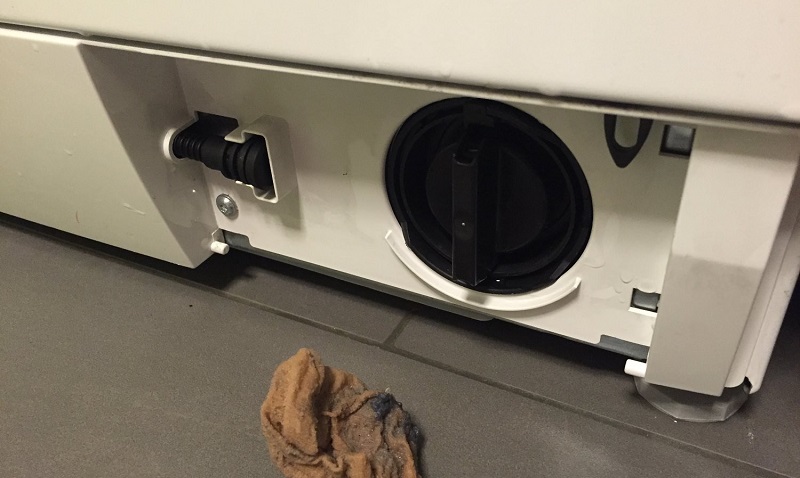
Usually this happens due to the fact that the part is blocked by foreign objects such as wool, hair, lint, children's socks, and so on. Long hair is especially dangerous, as it can wrap around the walls of the part and also block the pump impeller.
Also, the element may be blocked due to strong scale on the trap threads, which creates the effect of strong glue. Everything described most often occurs in a situation where a housewife has not cleaned this unit of the washing machine for more than six months, so do not forget about prevention.
Part Search
Now we will tell you in detail about the search for the drain cover itself. This section will be especially useful to those SM users who have never worked with this element, and maybe don’t even know where it is and what it looks like.
It is best to clean the garbage filter monthly, because in this case there will be no problems with it, and you can get it out without additional effort. In this case, it will be enough to simply open the bottom panel.
- In equipment from the brands “LG”, “Samsung”, “Zanussi”, “Candy” and “Atlant” the drain cover can be found behind a small door under the loading hatch. You need to press the door a little with your hand or pry it with a screwdriver to get to the filter.
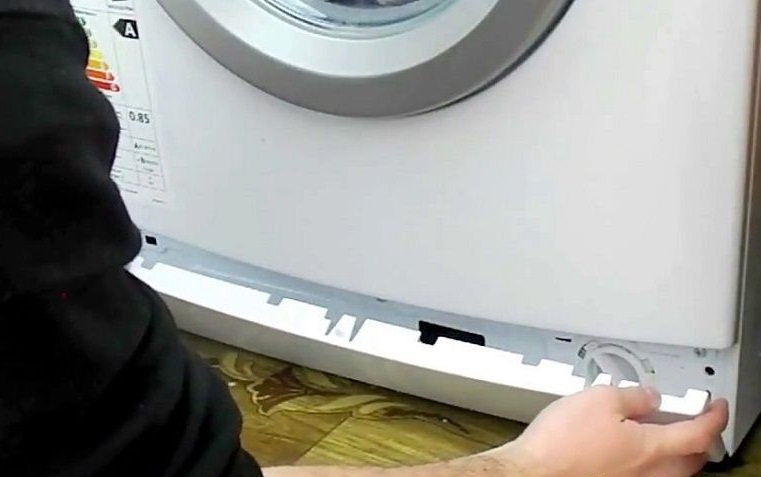
- In Bosch technology, this unit is hidden behind a long decorative panel at the bottom of the washing machine.If we are talking about old-style equipment, then the cover is fixed on hooks, which need to be installed in a horizontal position with a screwdriver, and then the panel must be removed. In the new type of machines, the latches need to be pressed using a slotted screwdriver, and then you can move the door to the side.
- Finally, in the “home assistants” of the Hotpoint Ariston and Indesit companies, the element is also hidden behind a solid panel. In this case, you first need to press out the lower, then the upper latches, and only then will you be able to remove the garbage filter.
As you can see, finding a part is very easy, regardless of the model and brand of household appliances.
Trying to unscrew the filter
In a situation where it is not possible to get the node out using the standard method, you need to try to do it differently. But in order to use other methods, you must first carefully prepare. Be sure to disconnect the washing machine from the network and other communications, prepare a container for water, and also place unnecessary towels or rags in the room with the appliance that will absorb the liquid. Then just follow our instructions.
- Prepare pliers or round nose pliers.
- Lift the handle of the garbage filter plug.
- Carefully try to unscrew the element.
Never use brute force, otherwise you may damage the part.
If the filter cannot be unscrewed, you need to tilt the machine back about 45 degrees in order to lean the device against the wall. Next, you should lightly tap the filter with your fist - there is a high chance that such actions will set into motion small debris, bra underwires, coins, paper clips, hairpins, etc., which will no longer block the removal of the unit.
Finally, if nothing helps to get a garbage filter, then you will have to go the hard way and try to clean it from the other side - through the hole under the pump. In this situation, you will have to gain free access to the cochlea and remove the drainage pump. Such partial disassembly of equipment requires knowledge and experience, so if you don’t have it, then it’s better not to risk it, but to immediately call a service center specialist to carry out the work. If you are confident in your abilities, then proceed to the next sections of the article.
Remove the lid along with the snail
First, you need to find a pump in your home aid. The difficulty is that its location directly depends on the model and manufacturer, since in different units this unit is located in different places. Be sure to study the official user manual, because it always contains a diagram of household appliances with a detailed description of the location of all key components - this way you can save your time searching for a pump. If you do not have the manufacturer's instructions, then first of all you will have to look for the pump. Owners of front-loading machines will need to check the equipment in three different ways.
- First, you can check the bottom of the washer, which is often either missing or very easily removed. You can simply tilt the machine, leaning it against the wall and look for the pump immediately behind the filter.
This method is not suitable for Bosch brand products, since they have a metal strip installed at the bottom that secures the dampers, and it will also not be possible to check the SM with the Aquastop sensor for protection against leaks.
- Next, you can disassemble the washing machine from the back, which will help in a situation where the drain pump is installed near the rear wall - equipment from Ardo, Indesit, Haier and BEKO have such a device. You just need to gain free access to the rear panel of the device, unscrew the four fixing screws and remove the wall.
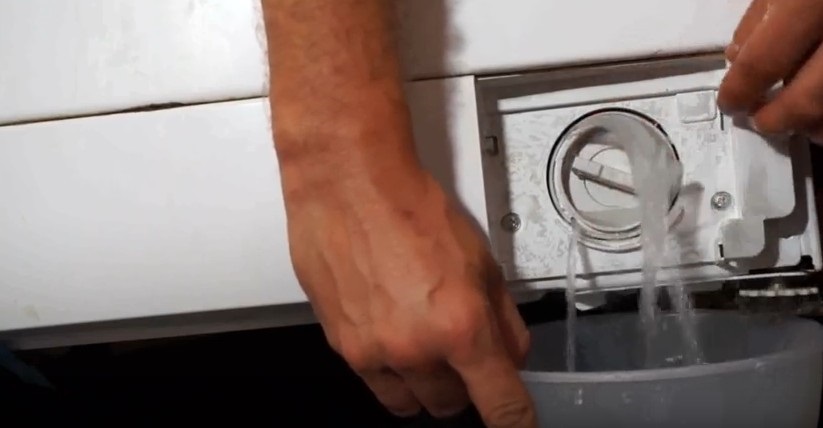
- Finally, users of Bosch and Siemens machines will most likely have to disassemble the equipment from the front. Disassembly through the front panel takes the most time, because you will first have to dismantle the top of the device, removing the retaining bolts from the back. Then you need to loosen and remove the outer clamp on the cuff, and also insert the rubber seal into the drum. At this stage, all that remains is to disconnect the powder receptacle, the control panel, as well as the wiring of the hatch locking device, close the door tightly, remove the four screws and remove the front panel. Only then will you gain access to the pump, which is located immediately behind the filter.
The third option is especially difficult for people without experience in disassembling household appliances, so we can say that owners of SM with vertical loading of laundry are lucky, because it will be much easier for them to get to the pump. In such equipment, the pump is located in the same place where the filter is installed, so whichever side of the washing machine the filter is closest to, there the pump will be located. Remove the retaining screws, remove the left or right side to access the pump, and then get to work.
- It's best to take a few photos of the pump and wiring first - this will simplify reassembly, during which you will have examples of correct connections at hand.
- Disconnect all wires.
- Place a bucket or basin under the pump to prevent water from flooding the floors.
- Next, using pliers or pliers, remove the clamp from the drain pipe so that you can then disconnect the tube.
- From the hole that appears, remove all foreign objects that prevent you from removing the filter.
- At the same stage, it is necessary to check the catcher, because if it has simply unscrewed, then you need to stop disassembling the “home assistant”, install the part in its seat and reassemble the equipment.
- If everything is in order with the catcher, then you need to continue disassembling the equipment and the next step is to unhook the drain hose from the volute, after first removing the retaining clamp.
- Now remove the screws securing the pump and carefully remove it with the volute.
- The last step is to carefully examine the pump, and then unfasten the glass, either by releasing the latches by turning the body counterclockwise, or by removing all the latches.
Usually you just need to clean the glass of all dirt and foreign objects. It is also worth paying close attention to threads, wool and hair. If after cleaning the drain filter begins to unscrew easily, the procedure is completed. All that remains is to remove scale from the trap, as well as other contaminants that impede the normal operation of the unit.
If the plug and the snail are “fused”
Unfortunately, there are times when the drain filter cannot be removed even after the user has pulled out the pump. This is usually due to sodium deposits formed after using hard tap water. Dealing with such contaminants is much more difficult than simply cleaning the SM units from hair, wool and foreign objects. However, even this can be dealt with at home without contacting a repair service.
- To begin with, you can try dissolving the lime with classic citric acid.You will need a few spoons of acid, which you need to load into the washer drum before starting a short operating cycle with water heating to 40-60 degrees Celsius. If you have already disassembled the pump, you can soak the glass and filter in a solution created at the rate of 1 tablespoon per 6 liters of water. Do not use water hotter than 60 degrees, so as not to damage the rubber seal, plus, make sure that the plastic parts do not float to the surface for several hours, for which they can be weighted. When the elements are sufficiently soaked in citric acid, remove them, rinse thoroughly with water and try to remove the catcher from the snail.

- If citric acid does not help, then you will have to use a radical method - break out the filter using pliers or wire cutters. You will have to carefully break off the fragile plastic of the part's body in order to then unscrew the remains and remove the entire element. In this procedure, it is very important not to break the snail itself, because any, even the smallest damage will provoke leaks during the work of the “home assistant”.
- Additionally, you can try to break out the filter along with the snail. The disadvantage of this method is that it will provoke an expensive replacement of two important system components at once. The main advantage is that new parts guarantee that you will avoid leaks and severe blockages for a long time.
Try to find original spare parts so that they serve for a long time and with high quality.
It is always better to try to solve the problem with the drain cover without damaging the parts, because this way you will save your family budget. Break out faulty elements only if absolutely necessary, when other methods have already been tried and have not brought any results.
Interesting:
Reader comments
- Share your opinion - leave a comment
Categories
Washing machine repair


For buyers

For users

Dishwasher


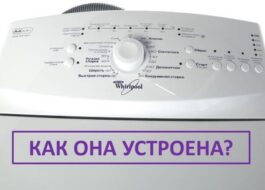
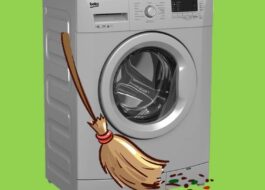
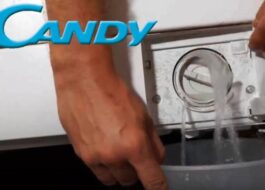












Add a comment